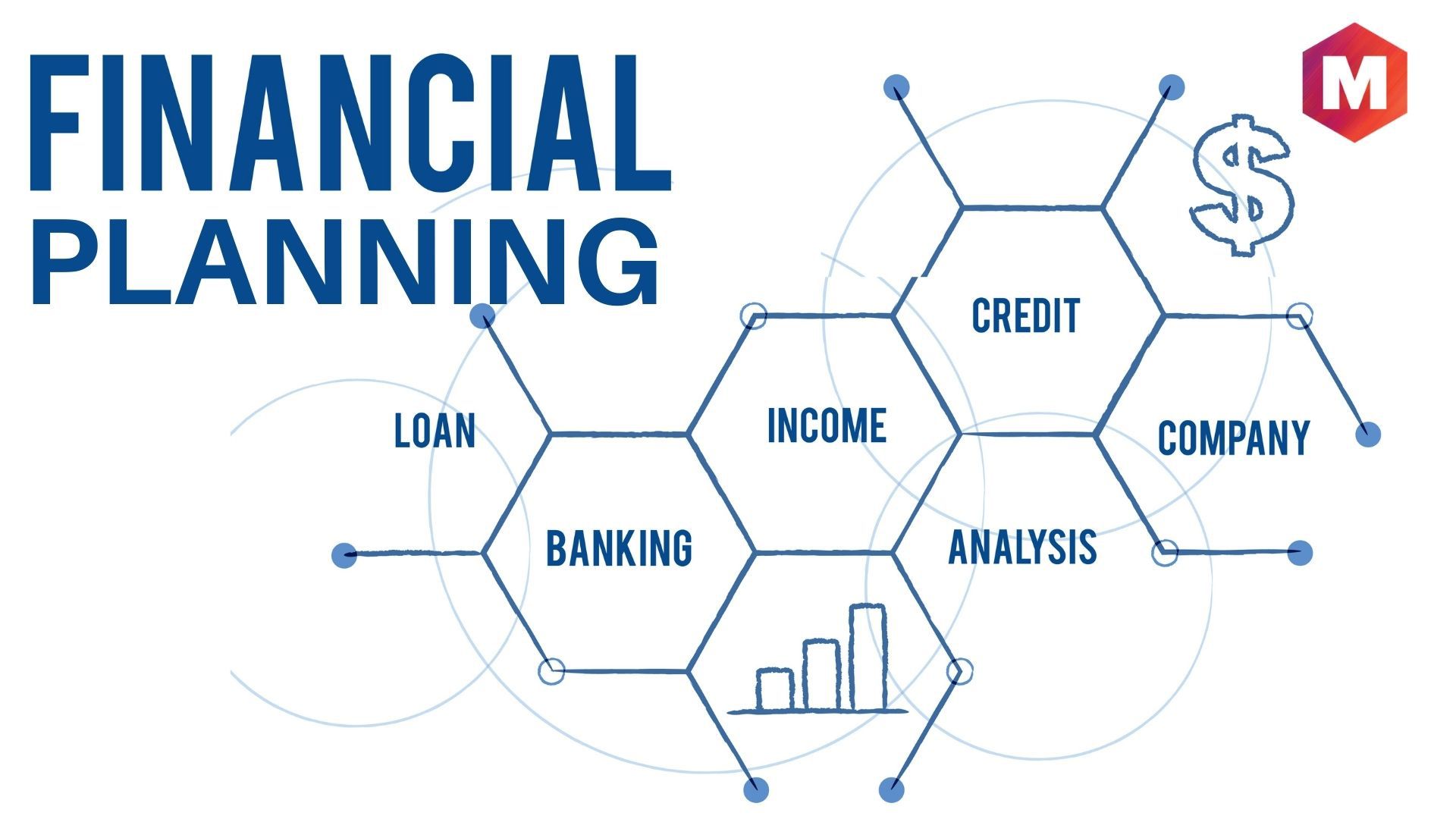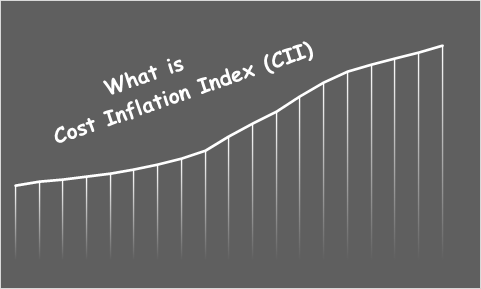Introduction
Financial Planning is the process of taking a comprehensive look at your financial situation and building a specific financial plan to reach your goals. Financial planning is the practice of putting together a plan for your future, specifically around how you will manage your finances and prepare for all of the potential costs and issues that may arise.
The process involves evaluating your current financial situation, identifying your goals and then developing and implementing relevant recommendations. Financial planning is holistic and broad, and it can encompass a variety of services.

A financial plan acts as a guide as you go through life’s journey. Essentially, it helps you be in control of your income, expenses and investments such that you can manage your money and achieve your goals.
Financial planning is about looking at all elements of a person’s financial life and coming up with a plan to help you as an individual meet your responsibilities and achieve your goals. It can include a number of services such as tax planning, estate planning, philanthropic planning and college funding planning.
The Financial Planning activity involves the following tasks:
- Assess the business environment
- Confirm the business vision and objectives
- Identify the types of resources needed to achieve these objectives
- Quantify the amount of resource (labor, equipment, materials)
- Calculate the total cost of each type of resource
- Summarize the costs to create a budget
- Identify any risks and issues with the budget set.

Objectives of Financial Planning
Financial Planning has got many objectives to look forward to:
- Determining capital requirements- This will depend upon factors like cost of current and fixed assets, promotional expenses and long- range planning. Capital requirements have to be looked with both aspects: short- term and long- term requirements.
- Determining capital structure- The capital structure is the composition of capital, i.e., the relative kind and proportion of capital required in the business. This includes decisions of debt- equity ratio- both short-term and long- term.
- Framing financial policies with regards to cash control, lending, borrowings, etc.
- A finance manager ensures that the scarce financial resources are maximally utilized in the best possible manner at least cost in order to get maximum returns on investment.
Benefits of Financial Planning
There are numerous practical benefits to financial planning. It helps you to:
- Increase your savings: It may be possible to save money without having a financial plan. But it may not be the most efficient way to go about it. When you create a financial plan, you get a good deal of insight into your income and expenses. You can track and cut down your costs consciously. This automatically increases your savings in the long run.
- Enjoy a better standard of living: Most people assume that they would have to sacrifice their standard of living if their monthly bills and EMI repayments are to be addressed. On the contrary, with a good financial plan, you would not need to compromise your lifestyle. It is possible to achieve your goals while living in relative comfort.
- Be prepared for emergencies: Creating an emergency fund is a critical aspect of financial planning. Here, you need to ensure that you have a fund that is equal to at least 6 months of your monthly salary. This way, you don’t have to worry about procuring funds in case of a family emergency or a job loss. The emergency fund can help you pay for varied expenses on time.
- Attain peace of mind: With adequate funds at hand, you can cover your monthly expenses, invest for your future goals and splurge a little for yourself and your family, without worry. Financial planning helps you manage your money efficiently and enjoy peace of mind. Don’t worry if you have not yet reached this stage. If you are on the path of financial planning, the destination of financial peace is not very far away.
Steps of Financial Planning
Step 1 – Defining and agreeing your financial objectives and goals
The goals and objectives will be the guide to the financial plan and should provide a road map for your financial future. They should contain the following features:
- Quantifiable and achievable
- Clear and have a defined time frame
- Separate your needs from your wants
They should be agreed and documented with your financial adviser to assist you measure progress. They should also be reviewed periodically to capture changing circumstances and to ensure they remain relevant.
Step 2 – Gathering your financial and personal information
The financial planning process and its success will depend on the quality and clarity of the information communicated to your adviser. Your adviser will complete a detailed financial fact-find to capture all relevant information in relation to your finances. This will include:
- Income and expenditure
- Assets and liabilities
- Risk attitude, tolerance and capacity
Step 3 – Analyzing your financial and personal information
Your financial adviser reviews the information provided in step 2 and uses it to produce a report that reflects your current financial profile. The following ratios are produced to improve your understanding of your financial circumstances and to pinpoint areas of strength or weakness:
- Solvency Ratio
- Savings Ratio
- Liquidity Ratio
- Debt Service Ratio
Your attitude, tolerance and capacity for risk are assessed using a psychometrically designed risk tolerance questionnaire in relation to investment assets. This is also analysed to assess your asset allocation for investment or pension goals.
Step 4 – Development and presentation of the financial plan
The financial plan is developed based on the information received in step 2 and analysis completed in step 3. Each of the goals and objectives in step 1 should be addressed and a recommendation for each identified. It will include:
- Net worth statement (a balance sheet)
- Annual consolidated tax calculation
- Annual cash flow report (displaying surplus or deficit)
The report is presented, explained, discussed and then signed by both client and adviser.
Step 5 – Implementation and review of the financial plan
Once the analysis and development of the plan is complete, the adviser will outline the recommended courses of action. This can involve implementing:
- A new pension or investment strategy
- Changing debt provider
- Additional life or serious illness insurance
- Income and expenditure adjustments
The Adviser may carry out the recommendations or serve as your coach, coordinating the process with you and other professionals such as, accountants or investment managers. They may also handle the interaction with financial product providers.
Conclusion
Financial Planning that follows a properly defined and documented process will give the greatest chance of a successful outcome. It will not guarantee financial security or wealth but will provide an opportunity to pursue both and requires proper analysis, discipline and expertise.




